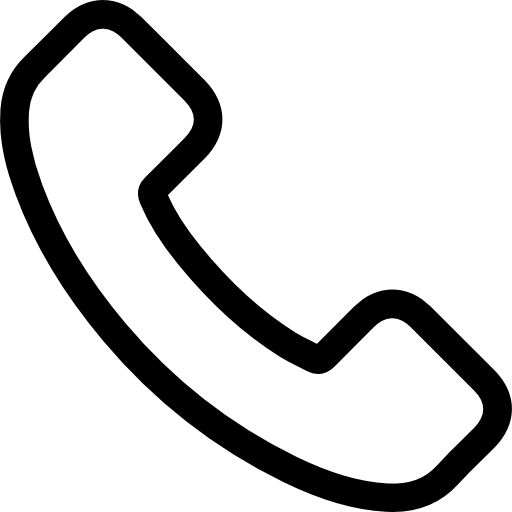Prescription Stimulant and Adderall Rehab
Prescription stimulants are used to treat ADHD (Attention Deficit Hyperactivity Disorder), Parkinson’s disease, narcolepsy, and a few other health issues. However, some individuals abuse these prescription medications, which can lead to developing substance use disorder that requires addiction treatment.
Common Prescription Stimulants
The most commonly prescribed stimulants include:
- Adderall® (Dextroamphetamine + Amphetamine)
- Ritalin® (Methylphenidate)
- Dexedrine® (Dextroamphetamine)
- Concerta® (Methylphenidate)
- Vyvanse® (Lisdexamfetamine)
Signs of Stimulant Abuse
Prescription stimulants impact the central nervous system, enhancing the release of dopamine and norepinephrine. They can improve focus in people with ADHD or help those with narcolepsy stay awake. However, stimulant use may also lead to side effects such as:
- Anxiety
- Restlessness or agitation
- Mood swings
- Insomnia
- Increased heart rate and blood pressure
- Higher body temperature
Long-term effects can include:
- Weight loss
- Psychosis
- Seizures
- Hallucinations
Additionally, these medications are habit-forming and should be used only under medical supervision.
Signs of Prescription Stimulant Withdrawal
Those dependent on prescription stimulants like Adderall may face withdrawal symptoms upon stopping the medication. These symptoms include:
- Vivid dreams, often nightmares
- Extreme sleep changes, either insomnia or oversleeping
- Increased appetite
- Cravings for the drug
- Physical discomfort, such as body aches
- Fatigue
- Memory problems
- Depression
People with a history of depression are especially vulnerable during withdrawal and should consider medical detox for safety and comfort.
Signs of Stimulant Overdose
In case of a suspected overdose from Adderall or another prescription stimulant, immediate medical help is required. Overdose symptoms include:
- High body temperature (hyperthermia)
- Dangerous blood pressure levels (too high or too low)
- Irregular heartbeat (potential heart attack)
- Stomach issues, including pain, vomiting, or diarrhea
- Seizures or hallucinations
Treating Prescription Stimulant Addiction
Prescription stimulants like Adderall are classified as Schedule II drugs due to their high potential for addiction. Treatment options for stimulant addiction include:
Medical Detox
This is often the first step in recovery. During detox, healthcare professionals monitor patients as their bodies eliminate the stimulant. Detox can be done in inpatient or outpatient settings, depending on the severity of addiction.
Inpatient Rehab
Inpatient rehabilitation involves staying at a treatment center for 30 to 90 days, where patients receive medical care and therapy to help overcome stimulant addiction.
Outpatient Rehab
Outpatient programs are suitable for those with mild to moderate addiction. These programs provide therapy without requiring patients to stay at the facility. Levels of care include:
- Partial Hospitalization: Structured like inpatient care but without overnight stays.
- Intensive Outpatient Programs (IOP): Offer therapy in shorter, more flexible sessions for those with less severe addiction or after completing inpatient treatment.
Therapies for Stimulant Addiction
Mental health is crucial in stimulant addiction recovery. Common therapies include:
- Cognitive Behavioral Therapy (CBT): Helps patients identify and change negative thought patterns and behaviors.
- Dialectical Behavioral Therapy (DBT): Focuses on mindfulness, acceptance, and emotional regulation, especially useful for high-risk patients.
- Contingency Management: Offers rewards (vouchers or prizes) for positive behaviors like attending therapy or passing drug tests.
- Group Therapy: Provides peer support and accountability in a group setting.
- 12-Step Programs: Groups like Narcotics Anonymous (NA) help recovering addicts work through their addiction and sobriety step-by-step.
Supporting a Loved One with Stimulant Addiction
If a family member is struggling with stimulant addiction, offering support and encouragement is more effective than anger or judgment. You might consider sharing addiction resources or organizing an intervention if necessary.
Life After Stimulant Rehab
Recovery doesn’t end with rehab. Post-rehab support can help maintain long-term sobriety. Options include:
- Sober Living: Provides a drug- and alcohol-free community for recovering addicts.
- Aftercare Programs: Offer ongoing support through individual therapy, family therapy, support groups, volunteering, fitness programs, and 12-step meetings.
With the right treatment and aftercare, individuals can overcome prescription stimulant addiction and lead healthier, drug-free lives.
 Call us:(+233) 0531380360
Call us:(+233) 0531380360  Email
Email 



